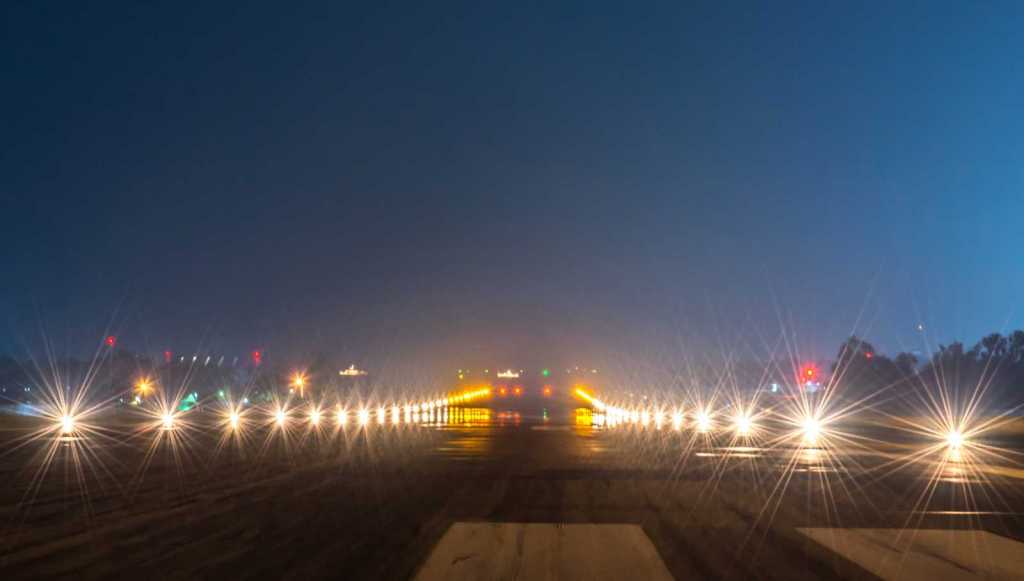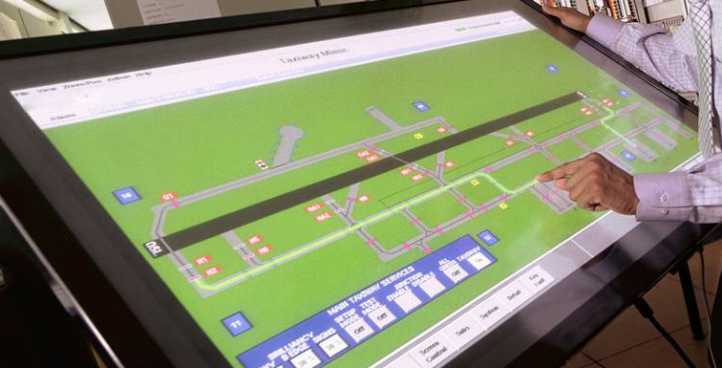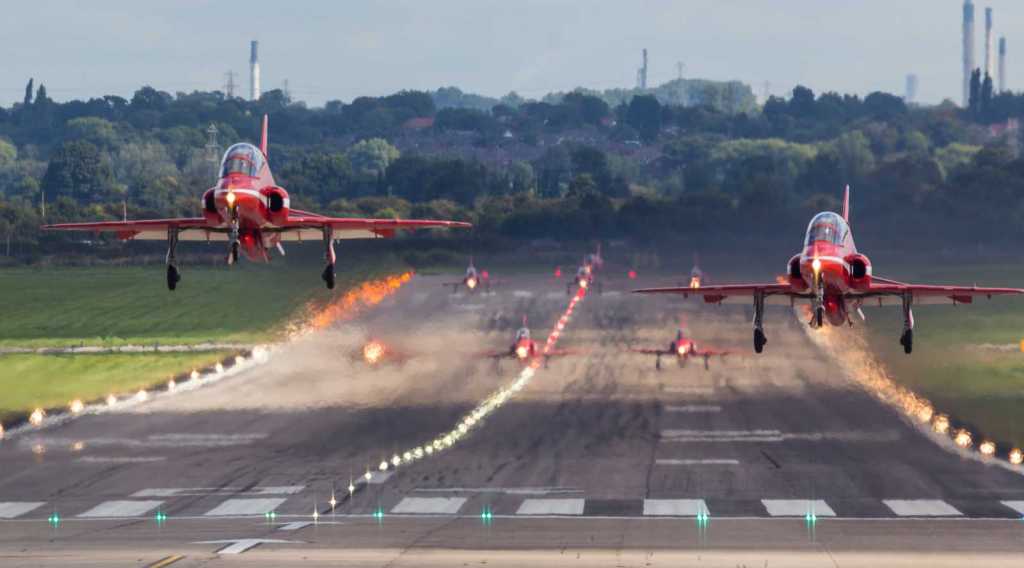SMGCS Solutions: Expertise in Design, Supply & Installation
atg airports is a trusted specialist in the design, supply, and installation of Surface Movement Guidance and Control Systems (SMGCS), helping airports around the world maintain safety and efficiency during low-visibility operations.
An SMGCS is a comprehensive system that ensures the safe movement of aircraft and vehicles on taxiways and aprons by combining enhanced visual aids with clearly defined control procedures. It is critical for minimising the risk of runway incursions and maintaining traffic flow, particularly during adverse weather conditions such as fog, heavy rain, or snow.
There are two defined levels of SMGCS based on visibility conditions:
- Level 1: 1,200ft to 500ft Runway Visual Range (RVR)
- Level 2: Below 500ft RVR
The lower the RVR, the greater the system complexity and maintenance demands. Airports operating at <500ft RVR require advanced lighting systems, stricter control measures, and ongoing technical support. atg airports has consistently delivered robust systems that meet these high standards, working closely with airport authorities and regulatory bodies.
Key SMGCS elements provided by atg airports include:
- Stop bar lighting
- Runway guard lights
- Taxiway centreline lighting
- Clearance bar lighting
- Illuminated signage
Our solutions integrate seamlessly with airfield lighting control systems, allowing centralised monitoring, routing, and real-time management of ground movements.
With decades of industry experience and an in-depth understanding of international standards such as ICAO Annex 14, and EASA, atg airports offers tailored SMGCS installations designed to enhance operational safety, maximise efficiency, and future-proof airport infrastructure.





